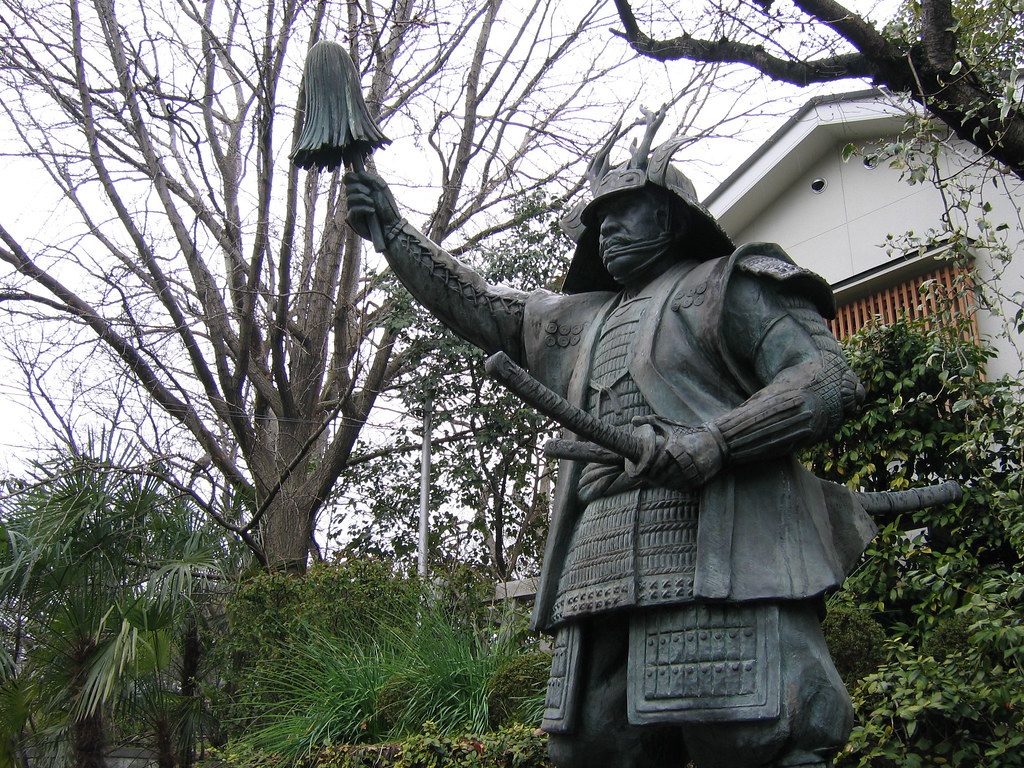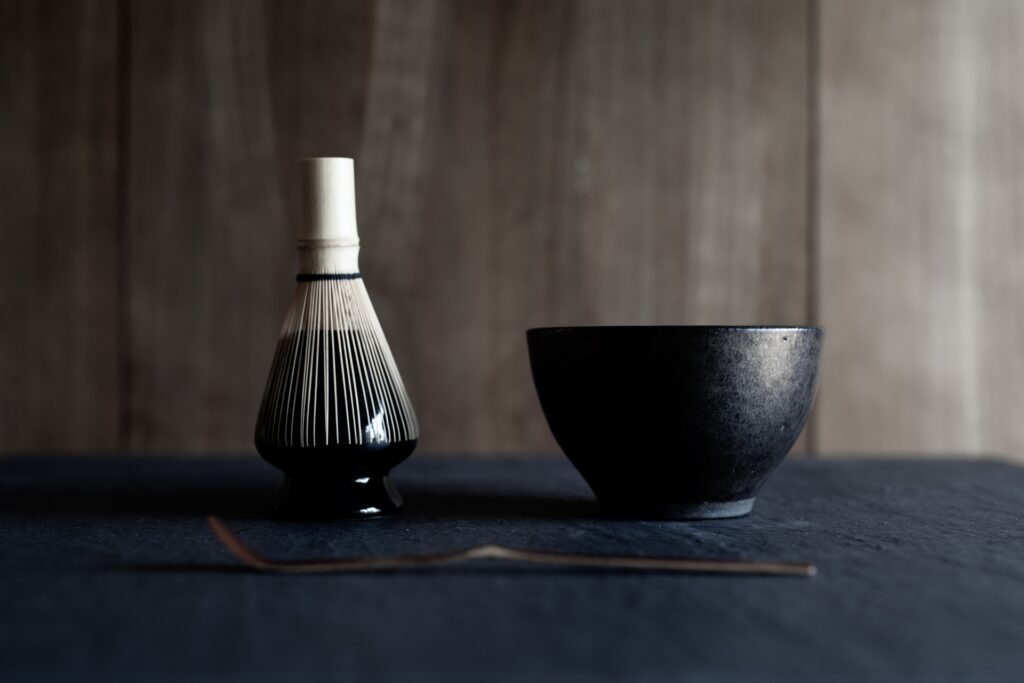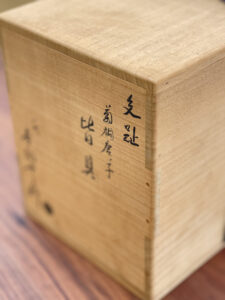What is Sanada-himo ?

It is said that Masayuki Sanada, who was famous Samurai, wrapped "Sanada-himo(string)" around his armor for his exploits and named it as "the cord used by Sanada". Hard and strong, Sanada-himo was used as a tool to tie items tightly, and was used to secure armor and harnesses and to carry heavy loads during the samurai period. Later, Sanada-himo was introduced into the tea ceremony by Sen no Rikyu who created tea ceremony.

Hanging over paulownia Kiri boxes "Kiribako" used to hold tea utensils, the beautiful colors and patterns of the Sanada-himo became a cipher, allowing one to determine at a glance whether the contents of the box were genuine or fake. Each school of tea ceremony and its artists began to use their own unique patterns, which have been handed down to the present day as a culture called "Yakusoku-himo(Promise-string) ", which proves that the item is one's own possession or work of art. The way of tying the strings differs from school to school.
Although closely it has been related to the tea ceremony for about 500 years, the existence of Sanada-himo is not well known in Japan. This is because it was a secret known only to a limited number of people that the Yakusoku-himo served as a kind of certificate.

Sen no Rikyu introduced it into the tea ceremony a culture in which Kiribako of tea utensils was hung with a Sanada-himo cord of a unique color and pattern to guarantee the venerability of the contents. Until then, it had been standard practice to hang a braided cord on a luxurious lacquered box for tea ceremony utensils, which was reserved for people of high status. Therefore, Sen no Rikyu is said to have started hanging Sanada-himo on Kiribako in order to spread the tea ceremony to a wider audience.
When silk Sanada-himo was developed, it was widely used for kimono and tea utensils. Peddlers took advantage of the durability of the cotton Sanada-himo to carry heavy loads. The manufacturing industry of Sanada-himo developed in the Kansai and Hokuriku areas.
However, in the Meiji period (1868-1912), the demand for Sanada-himo began to decline due to the prohibition of sword belts except for military and police officers by the sword prohibition ordinance, the spread of Western-style lifestyles, and the development of vinyl cords. Izumiotsu in Osaka, which was a major production center at that time, shifted to the production of blankets and towels, and the Sanada-himo manufacturing industry disappeared one after another.
Please pick up a precious Sanada-himo, of which there are few manufacturers nowadays. You will be impressed by its beauty and durability.


